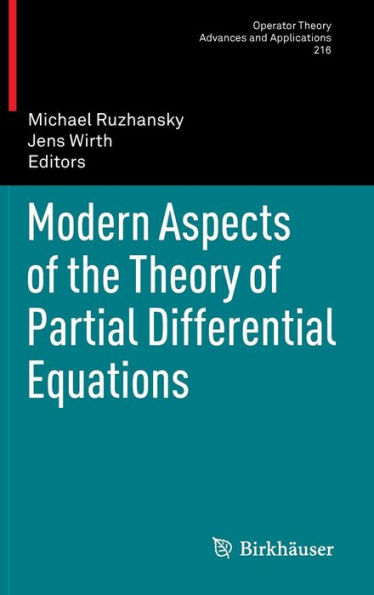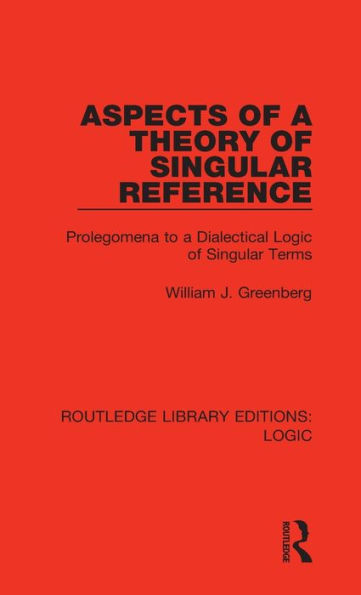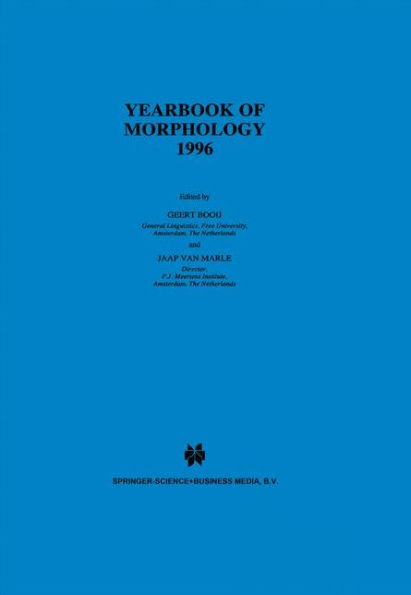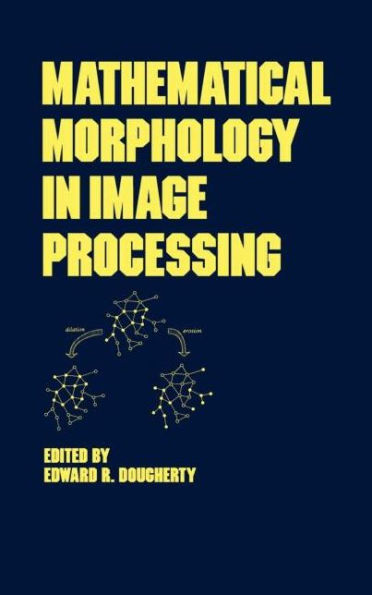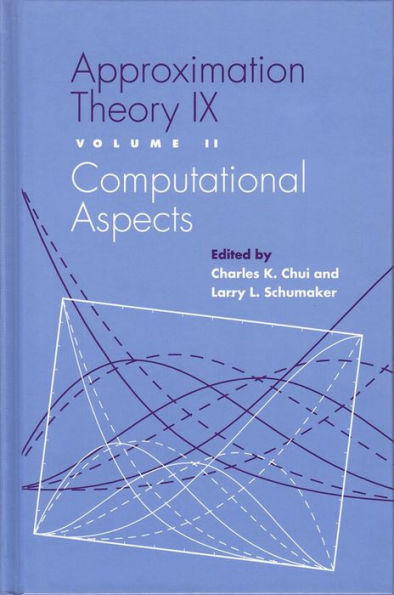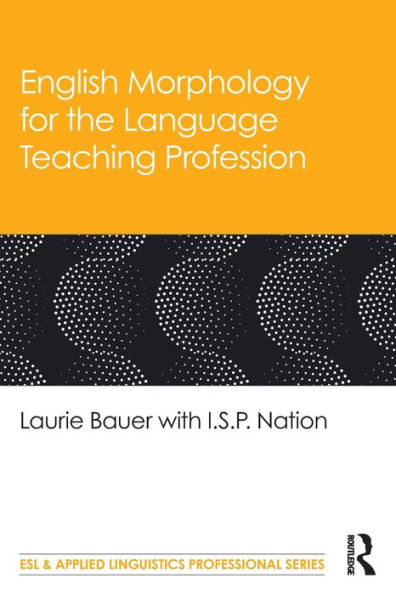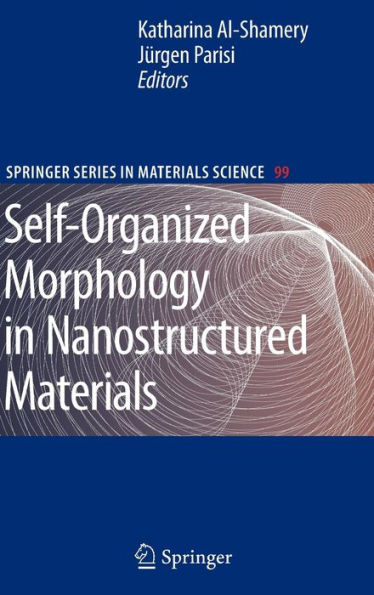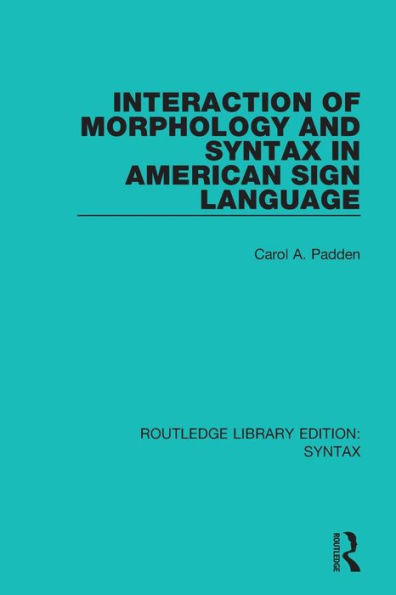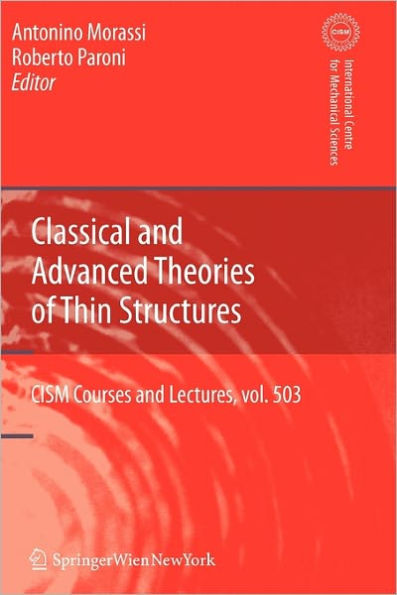Home
Aspects of the Theory of Morphology / Edition 1
Loading Inventory...
Barnes and Noble
Aspects of the Theory of Morphology / Edition 1
Current price: $430.00
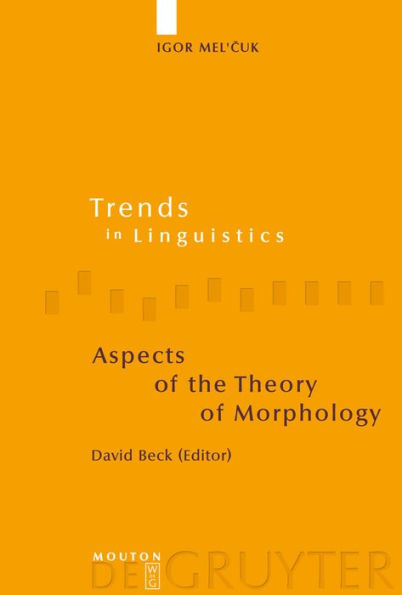

Barnes and Noble
Aspects of the Theory of Morphology / Edition 1
Current price: $430.00
Loading Inventory...
Size: OS
*Product Information may vary - to confirm product availability, pricing, and additional information please contact Barnes and Noble
The book is dedicated to linguistic morphology and it contains a sketch of a complete morphological theory, centered around a discussion of fundamental concepts such as morph vs. morpheme, inflectional category, voice, grammatical case, agreement vs. government, suppletion, relationships between linguistic signs, etc.: the hottest issues in modern linguistics!
The book introduces rigorous and clear concepts necessary to describe morphological phenomena of natural languages. Among other things, it offers logical calculi of possible grammemes in a given category. The presentation is developed in a typological perspective, so that linguistic data from a large variety of languages are described and analyzed (about 100 typologically very different languages).
The main method is deductive: the concepts proposed in
Aspects of the Theory of Morphology
are based on a small set of
indefinibilia
and each concept is defined in terms of these
and/or other concepts defined previously; as a result, logical calculi can be constructed (similar to Mendeleev's Periodical Table of Elements in chemistry). Then the concept is applied to the actual linguistic data to demonstrate its validity and advantages.
Thus,
combines metalinguistic endeavor (a system of concepts for morphology) with typological and descriptive orientation. It reaches out to all students of language, including the border fields and applications.
The book introduces rigorous and clear concepts necessary to describe morphological phenomena of natural languages. Among other things, it offers logical calculi of possible grammemes in a given category. The presentation is developed in a typological perspective, so that linguistic data from a large variety of languages are described and analyzed (about 100 typologically very different languages).
The main method is deductive: the concepts proposed in
Aspects of the Theory of Morphology
are based on a small set of
indefinibilia
and each concept is defined in terms of these
and/or other concepts defined previously; as a result, logical calculi can be constructed (similar to Mendeleev's Periodical Table of Elements in chemistry). Then the concept is applied to the actual linguistic data to demonstrate its validity and advantages.
Thus,
combines metalinguistic endeavor (a system of concepts for morphology) with typological and descriptive orientation. It reaches out to all students of language, including the border fields and applications.
